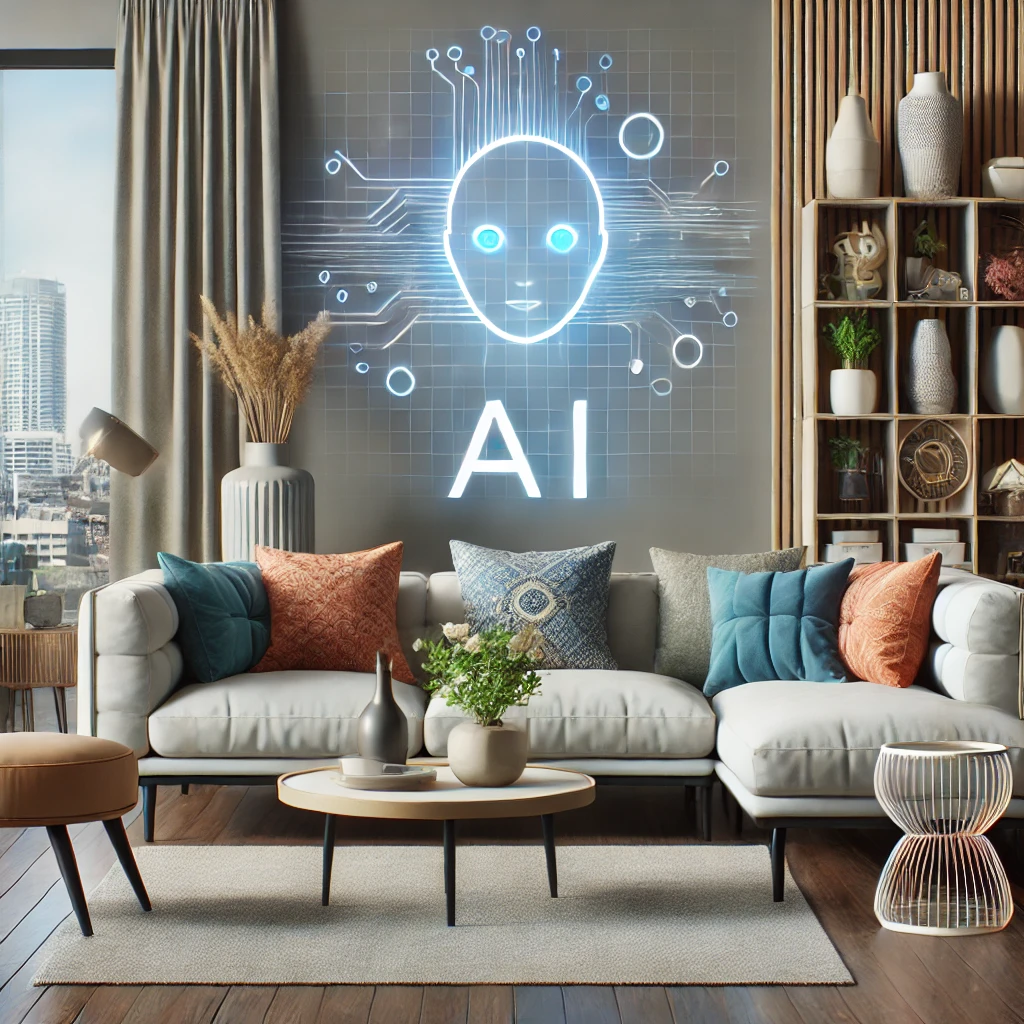Artificial Intelligence (AI) is transforming various industries, and interior design is no exception. Interior AI is revolutionising the way we design and decorate our homes, making the process more accessible, efficient, and personalised. This article delves into the world of Interior AI, exploring its benefits, applications, and future potential.
What is Interior AI?
Interior AI refers to the use of artificial intelligence to assist in the design and decoration of indoor spaces. By analysing user preferences, room dimensions, and existing decor, AI can generate personalised design suggestions, optimise space utilisation, and even predict future design trends.
Benefits of Interior AI
- Personalised Design Solutions: AI algorithms can tailor design suggestions to fit individual tastes and lifestyles, ensuring that each space is unique and reflective of the user’s personality.
- Cost Efficiency: By automating various aspects of the design process, Interior AI can reduce the need for expensive professional consultations, making high-quality design accessible to more people.
- Time Savings: AI can significantly speed up the design process by providing instant recommendations and visualisations, allowing users to make quick and informed decisions.
- Sustainability: AI can recommend eco-friendly materials and energy-efficient designs, helping to create sustainable living spaces.
- Error Reduction: By simulating changes and predicting outcomes, AI minimises the risk of design errors and costly mistakes.
Key Applications of Interior AI
- Space Planning: AI tools can analyse room dimensions and furniture placement to suggest the optimal layout, ensuring that every inch of space is utilised effectively.
- Colour and Style Matching: AI can recommend colour palettes and styles that complement existing decor, creating a harmonious and aesthetically pleasing environment.
- Virtual Staging: AI-powered virtual staging allows users to visualise different design options in a 3D model of their space, making it easier to choose the best design.
- Budget Management: AI can help users stay within their budget by suggesting cost-effective materials and furnishings that meet their design preferences.
- Trend Prediction: AI can analyse current design trends and predict future ones, helping users stay ahead of the curve.
How to Use Interior AI Tools
- Design Software: Platforms like Planner 5D, Homestyler, and Roomstyler offer AI-powered tools that allow users to create detailed room layouts and visualisations. These tools are user-friendly and often come with libraries of furniture and decor items to choose from.
- Smart Home Integration: Integrating AI with smart home devices can create a cohesive and automated living environment. For instance, smart lighting systems can adjust brightness and colour based on the time of day and the design theme.
- Mobile Apps: Apps like Houzz, Amikasa, and Magicplan use AI to offer features such as augmented reality (AR) visualisations, 3D room staging, and virtual design consultations.
Future Developments in Interior AI
- Enhanced Personalisation: Future AI tools will offer even more personalised design solutions by learning from user preferences and behaviours over time.
- Integration with AR and VR: Augmented reality (AR) and virtual reality (VR) will become more integrated with Interior AI, providing immersive design experiences where users can walk through virtual models of their redesigned spaces.
- Automated Furniture Design: AI could enable the creation of custom furniture tailored to specific needs and spaces, offering flexible and multifunctional design solutions.
- Sustainability and Smart Design: AI will play a crucial role in promoting sustainable design by recommending eco-friendly materials and energy-efficient solutions, as well as optimising natural light and ventilation.
Ethical Considerations
As with any technology, the use of AI in interior design comes with ethical considerations. Ensuring that AI tools respect user privacy and data security is paramount. Additionally, promoting inclusivity and avoiding biases in design recommendations is crucial to cater to diverse user needs and preferences.
Conclusion
Interior AI is transforming the world of home design, offering powerful tools that enhance creativity, efficiency, and personalisation. Whether you’re redesigning a single room or planning a complete home makeover, leveraging AI technology can elevate your design projects to new heights. By understanding the benefits and applications of Interior AI and using it responsibly, you can create beautiful, functional, and personalised living spaces.



